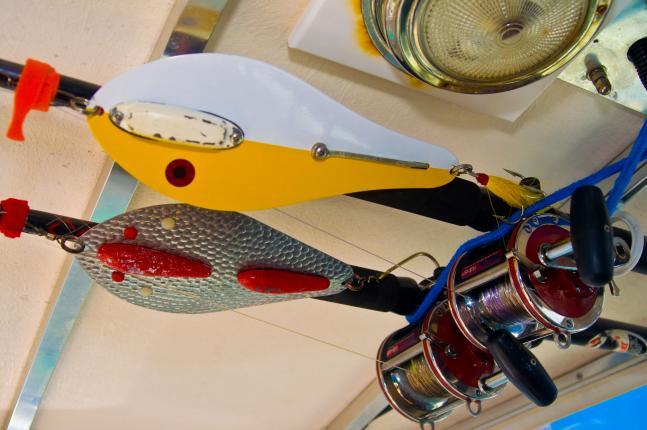1st and 3rd
Question
Please help us resolve a disagreement. Assume: HS game; 1st and 3rd; 2 outs; game tied in bottom of 7th (final inning); average RH hitter at plate. Do you hold the runner on at 1st or concede second (defensive indifference)to put the 1st baseman in a better position defensively to field a ball hit to the right side? How about with a LH hitter? My thoughts are that it's a meaningless run so why open up a hole on the right side. Thanks for your thoughts and insight.
Answer
Phil: Thank you for your question!
There is certainly no right or wrong answer to this situation, it is dependent upon how you as a coach read it at the time. There are some things to consider.
While the runner on first base is a meaningless run on the scoreboard, by keeping him at first you are able to defensively keep open your short throw force at second base for your infielders.
On a ground ball which gets hit up the middle past the pitcher, the middle infielders may get it cut off; that short throw force at second may be their only option. Without it, game over.
Third baseman cuts a ball off to his left, that short throw may be all he has, dependent on the speed of the ground ball and/or the hitter.
There is a defensive option that falls in between turning the runner loose, and directly holding him on. You can locate your first baseman in what is known as "back pocket", off the bag with the runners lead and two or three steps behind, technically in his back pocket.
You have gained some depth, and kept his lead to a minimum. To further insure the runner takes no liberties, you can create a timed pick between the pitcher and first baseman. The offense needs to know you have it, and are willing to use it, then it becomes a deterrent in the late inning situation, most times never needing to use it then.
We use it early in the game, just to let them know it is there, makes that late inning decision easier to handle.
Much of how you defend this particular situation is based on your comfort zone and philosophy. Based on all the factors in front of you, which set up provides you with what you feel to be the highest percentage of success.
There will be no "one" set up that will cover everything that can happen. By making one choice, you may open up more possibilities for the offense. Coaches are always rolling the dice and hoping for the best; based on what you know about the other team and what your kids handle well in practice.
The nice thing about having viable options is that you don't become predictable. Keep the other team guessing, or concerned about what it is you will do, they concentrate less on what they need to do, always a plus for you on offense or defense.
These situations are what we all live for in baseball, as coaches, players and fans. They make the game special.
I was watching an NFL Films production years ago, about NFL coaches. This one piece on a defensive coordinator I will never forget. He was yelling out to his defense as the offensive team came up to the line. He's screaming, " watch the screen pass, watch the out and up, watch the draw, watch the post, ohhh.... watch everything!"
No matter the sport, or the situation, you can't cover it all. You have to do what you feel provides you with your best chance of success at the moment, and hope that the other team cooperates and does what you need.
Yours in baseball,
Rick
Home Run or Double
Bunt Rule


